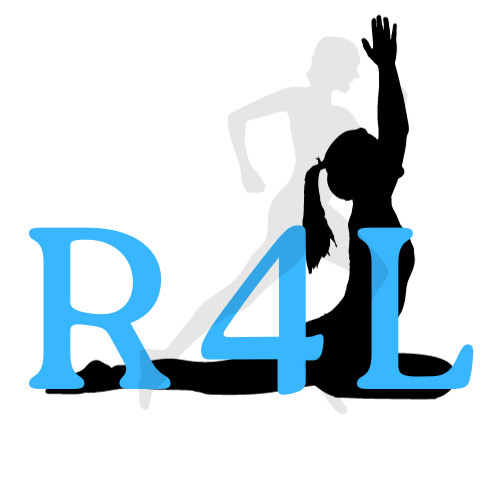For a fair bit of my workout life, which is pretty long, I have been advised to perform static stretches for my warm ups prior to a workout. In recent times, workout gurus have been advocating dynamic warm up routines. So what is a static stretch routine and a dynamic warm up routine? How are they different?
A static stretching warm up routine stretches muscles while the body is at rest. It is composed of various techniques that gradually lengthen a muscle to an elongated position (to the point of discomfort) and hold that position for 30 seconds.
A dynamic warm up on the other hand are slow controlled movements through the full range of motion. The emphasis is on movement and mobility.
Why then do we now advise a dynamic warm up over the static stretch? Let us first discuss the purpose of the warm up so that we can answer that question.
The warm up is essentially to prepare your muscles and joints for the task ahead. For most of us, a work day is spent at a desk. The body in general do not like to be shocked into high intensity activity after a period of non activity. Therefore it would be best to wake the body up gradually and prepare it for the task ahead.
A warm up routine will prepare your body for the higher intensity work that will come. A warm up:
- increases blood flow to the muscles, hence delivering nutrients to where it is going to be needed.
- the increased blood flow to the joints also serve to lubricate them, improving mobility and range of movement.
- steadily increases the heart rate
- steadily increases your core temperature
- your steadily increasing heart rate and blood flow during the warm up will prompt hormonal changes in the body responsible for regulating energy production
The static stretch does not address all the above completely. Because it is static, it does not prepare you for the range of movement that you will be putting your body and joints through during an intense workout. Every conceivable exercise will require you to move but a static stretching warm up routine only requires you to stretch and hold a pose. This is great for restoring muscle elasticity and building muscle strength but to prepare your body for a high intensity work out it has its limitations. Two studies* have shown that there is actually a reduction in performance caused by static stretches prior to workout.
The dynamic warm up however is one where you are moving, hence the term dynamic. You will gradually increase the speed and the range of movement while performing the dynamic warm up.
While physiologically preparing your body for the workout, it also helps the muscle memory. The movement of most dynamic warm up routine mimics the movements you will require while performing your main workout. Whether your workout is a game of football, a run or lifting weights, the movements you perform during dynamic warm ups mimics the movements you will perform in your favoured workout. You are, in essence, reminding your muscles how to move.
My go to dynamic warm up routine, which I call, ‘Dynamic4life warm up’ comprises of 7 exercises, 5 basic and 2 advance moves. These have been road tested by myself and my trainees over the years and it has proven to be effective. The 5 basic exercises will be sufficient warm up, the additional 2 advance moves are performed to get a more intense increase in heart beat and blood flow. I usually perform 2 sets of 10 reps and I am set to go.
The Dynamic4life warm up routine:
- Side hinge
- Lunge with a twist
- Knee tucks
- High kicks
- Reverse lunge
- Jump squats
- Split squats
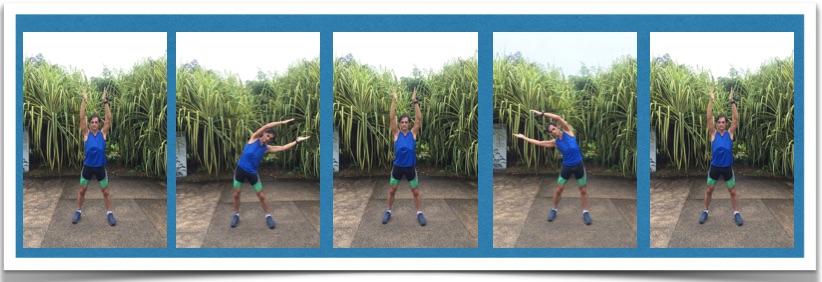
side hinge
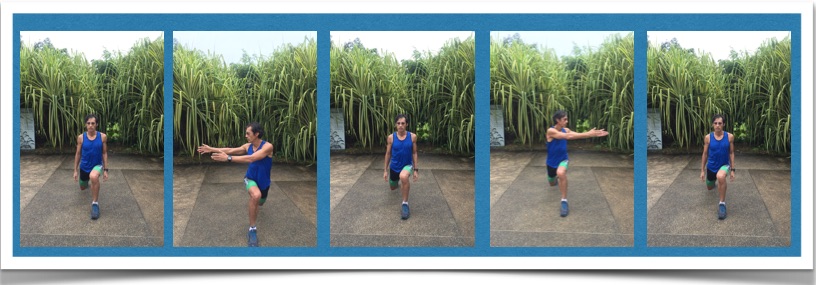
lunge with a twist
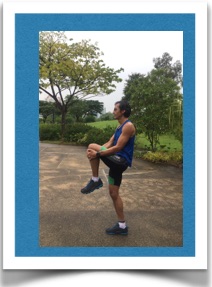
knee tuck
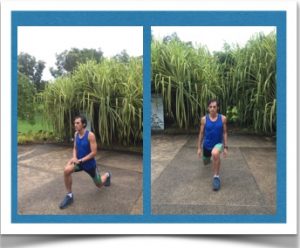
reverse lunge
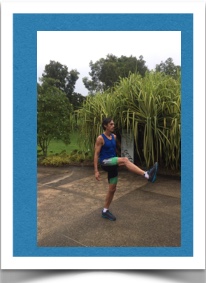
high kicks
So what of the static stretch? Is it time to bin it?
Hardly, the static stretch is still a good routine to perform but not as a warm up. It’s like a business units manager asking his financial controller to make a sales pitch or a football coach playing a goalkeeper as a forward. Employ the right resource with the relevant skill set for the task to reap maximum results.
Stay tuned for how and when to perform the static stretch.
*References:
- Acute effect of passive stretching on lower-body strength in moderately trained men. Gergley, J.C. Department of Kinesiology and Human Science, Stephen F. Austin State University. Journal of Strength and Conditioning Research. 2013 April;27(4):973-7
- Does pre-exercise static stretching inhibit maximal muscular performance? A meta-analytical review. Simic, L., Sarabon, N., Markovic, G. Motor Control and Human Performance Laboratory, University of Zagreb. Scandinavian Journal of Medicine and Science in Sports. 2013 Mar;23(2): 131-48.
Thanks to Enrico Varella for modelling the Dynamic4life warm up.
